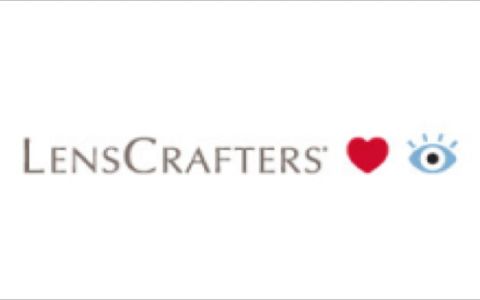
Case Study: LensCrafters
Challenge
Luxottica, the world’s largest manufacturer, distributor and retailer of eyewear and eye care had strong ambitions for growth in Asia. Luxottica had acquired a series of franchises in China and Hong Kong and rebranded them under the LensCrafters brand. There were over 200 stores, all company owned. The growth targets were dramatic; to more than double store numbers in two years, and double that again over 5 years.
There were several challenges to achieving this massive growth. Leaders were struggling to bring the vision and customer value proposition to life; they were busy, overloaded and unsure where to focus. Store to store performance varied significantly on the key metric of service. Profitability had been a struggle in previous years, and since China was one of the most competitive, brand conscious markets in the world, LensCrafters was struggling to differentiate itself from low cost retailers.
Culturally, China was familiar territory for TAP, however, English was not a strong language in 30% of the members of the Leadership Team. In most cases, a translator was present in team and individual interactions to assist. Interestingly, at no stage was culture or language a barrier to understanding and executing the agreed transformation agenda.
Solutions
TAP supported the leadership team to put some fundamental strategic, operational and leadership disciplines in place. Together, we developed clear strategic content and put in place a balanced scorecard that the leadership team used to ‘run the business’ as a whole. We developed an emotionally compelling story and launched it through organisation-wide roadshows over several weeks, in a highly orchestrated series of events. We improved basic governance in the key areas of initiative execution and meetings.
Together, we implemented a ‘Customer Engagement Score’ to measure whether the promised value was being delivered to customers, and all leaders had KPIs focused on this outcome. The people and performance systems were reviewed and HR plans were tied to business outcomes. Training programs were simplified to deliver on the value proposition, and the HR team used customer service metrics to measure the effectiveness of training.
A systematic process was applied to improving leadership effectiveness, including a 360 degree feedback process followed by a disciplined rhythm of one-on-one and peer coaching to support agreed shifts in behavior. Leadership Scorecards were put in place to ensure leaders’ priorities were aligned to the strategy, and team standards were used to raise mutual accountability and transparency.
Outcomes
The LensCrafters Asia team embraced our work together so enthusiastically that there was an almost immediate positive shift in focus and productivity. Meetings were shorter and more productive. Initiatives were tracked and executed efficiently, and non-value adding initiatives were stopped.
Leadership effectiveness showed significant improvement in a re-measure after 12 months, in large part based on the willingness of team members to give each other direct and constructive feedback. This was achieved in a geography where the cultural narrative suggests that direct feedback to peers and superiors is not possible.
Most importantly, customer engagement scores improved from the initial baseline. Revenue grew at double digit rates, and profitability increased dramatically within just 12 months.


